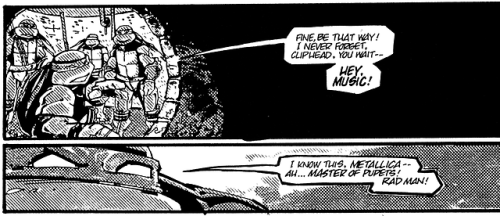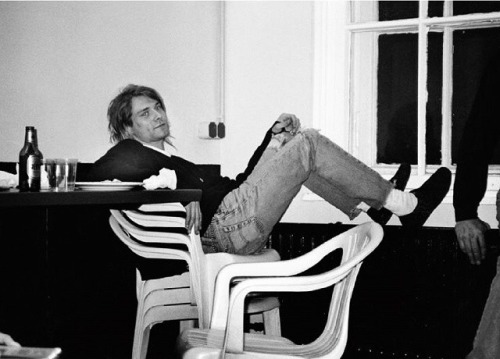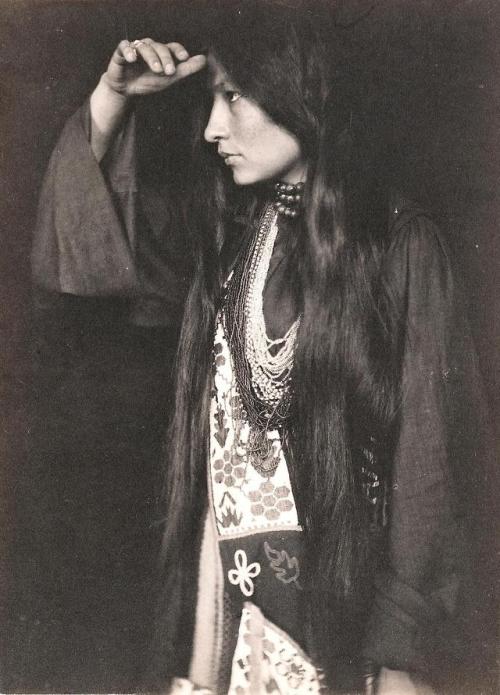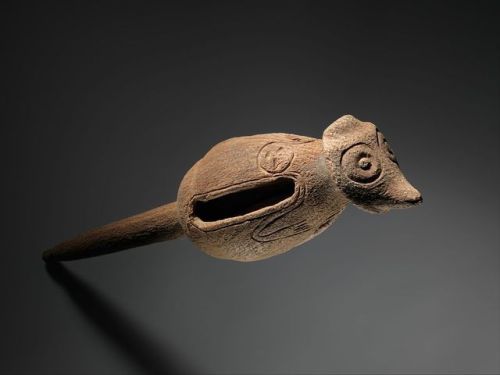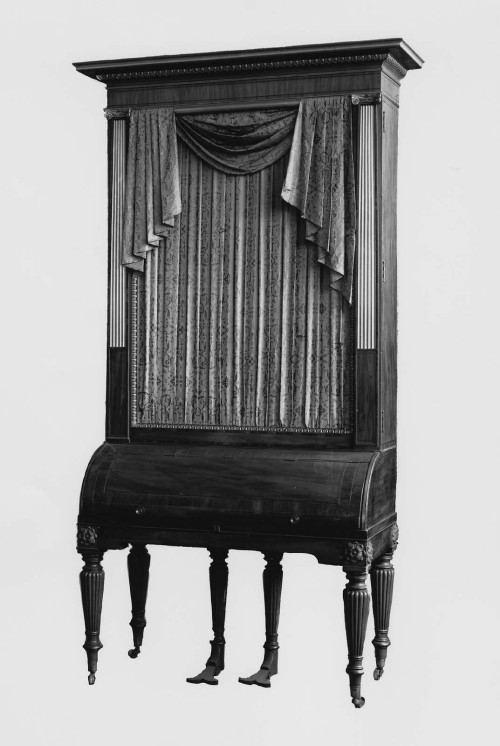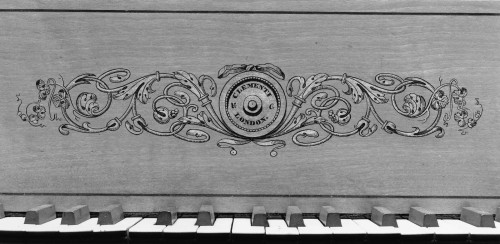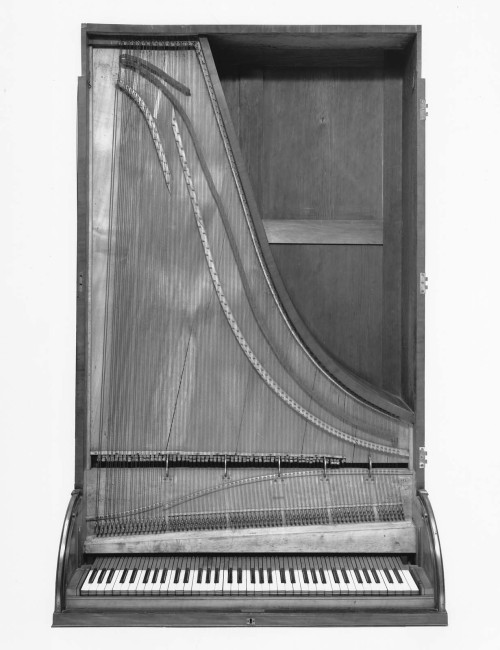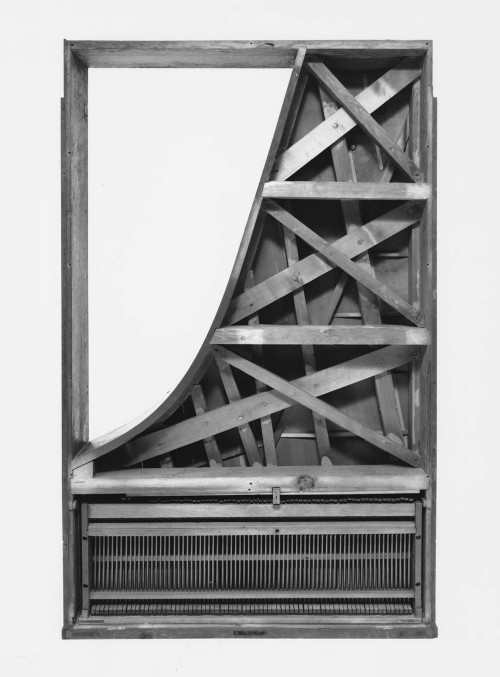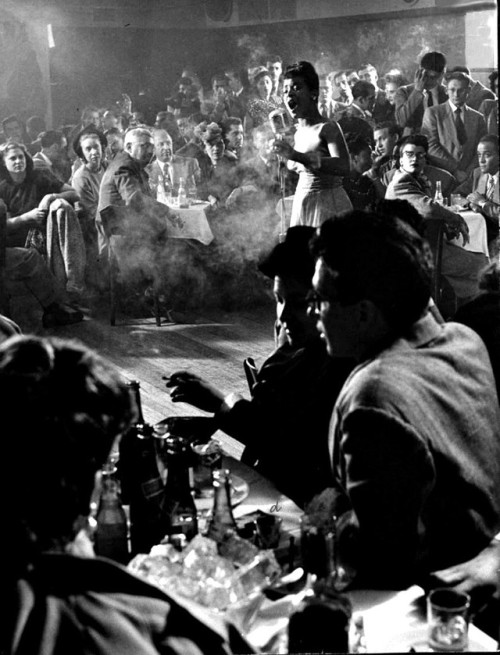#music history
Mr. Otis Redding on stage during his performance at the Monterrey Pop Festival in May 1967.
Post link
Words will never describe how much I despise Sam Phillips.
How he manipulated the artists who were signed to Sun. That his words, no matter how wrong, were upheld by music writers and are still echoed today.
How he carried himself as if he were some sort of God, and how fans Sun history speak of him as though he was.
That the artists signed to Sun, like Carl, John, Roy, and Jerry Lee, speaking well of him is as a justification. They said, they owe everything to him, so he mustn’t be allthat bad. Yet they’ll overlook the power dynamic he had with them. Him being the adult in the room, having the money, and control that boarded on abuse.
It’s embarrassing that anyone would defend Sam. Turn the tables, as he would. Bring up things the artists signed to Sun did, to justify his mistreatment of them. It’s always gross when people choose to defend an abuser.
What I truly hate Sam for is what he’s cultivated. He knew, standing on his failed ventures, the renewed interest for Sun artists was his chance. At forging a new legacy for himself. The grandiose delusion that pressing a record button made him better than everyone. Including the person, who’s talents he was recording. The lie he cultivated, his legacy, that’s well and thriving to this day.
That’s some of why I despise him.
The “First Lady of Song,” Ella Fitzgerald, was born 100 years ago today.
We’re celebrating the centennial of her birth and the legendary career that followed with this portrait on view at our National Portrait Gallery. Dizzy Gillespie, on the right, is all of us as he gazes at Lady Ella in song.
The photographer, William P. Gottlieb, learned to use a camera so that he could include images in his weekly music column for TheWashington Post. Today, his photos of jazz musicians from the 1930s and ’40s are regarded as invaluable visual records of jazz’s Golden Age.
Read more about Fitzgerald’s rise to fame and this portrait, a recent museum acquisition which has never been shown before.
More pieces from her life in our collection in our Twitter Moment.
Post link
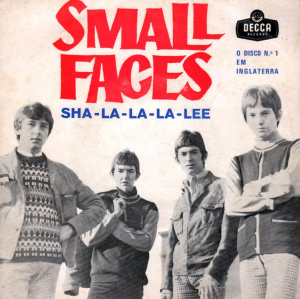
Formed in East London circa ’65, The Small Faces were a seminal English mod-rock band that created pioneering sounds for four short but explosive years.
Perhaps best known for their raucous and extremely commercial 1965 single ‘Whatchya Gonna Do About It,’ it’s obvious that in their early years band members Steve Marriot, Ronnie Lane, Kenny Jones, and Jim Winston borrowed heavily from seminal…
ðə ˈneɪvəl geɪz (presented at AMS/SMT/SEM After Dark, 13 November 2021)
Join us from the comfort of your home for a night of musicological comedy unlike any other
Saturday, Nov. 13, 8pmET
streaming live on twitch.tv/bardicknowledge
(FREE & no Twitch account required)
PROGRAM:bit.ly/amsad2021program

AMS/SMT/SEM After Dark 2021!
Join us from the comfort of your home for an evening of musicological comedy unlike any other.
Details/CFP:bit.ly/amsad2021cfp (submission deadline November 3)
Saturday, November 13, 8:00pmET, live on twitch.tv/bardicknowledge, FREE of charge ($0)

Anybody else ever talk about having a rehearsal and then wonder what the heck a “hearsal” is?
Happy Birthday, Rameau!
Here’s a lil’ throwback in your honor:
You know what they say about men with big hands…
They write difficult piano music.
Composers Saying Mean GirlsShit
no. 2

Charles Gounod
I will read “voila” as “viola” every time, no matter the context.
Listening to something in 7/8

Composers Saying Mean GirlsShit
no. 1

Franz Schubert

This license plate frame is coincidentally hilarious.
Gesamtkunstwerk: it’s not just an opera; it’s an EXPERIENCE.
I’m going to start referring to arguments as “voice exchanges”
When you finish a satisfying run through a rage aria

Sometimes it’s just nice to be enraged.
Screamin’ Jay Hawkins and Henry
Soon after the release of “I Put a Spell on You”, radio disc jockey Alan Freed offered Hawkins $300 to emerge from a coffin onstage. Hawkins initially declined, reportedly saying “No black dude gets in a coffin alive. They don’t expect to get out!” However, he later relented and soon created an outlandish stage persona in which performances began with the coffin and included “gold and leopard-skin costumes and notable voodoo stage props, such as his smoking skull on a stick – named Henry – and rubber snakes.” These props were suggestive of voodoo, but also presented with comic overtones that invited comparison to “a black Vincent Price.” Despite the commercial success of the gimmick, Hawkins resented the schlock-factor that made him famous. He found it exploitative, and believed it undermined his sincerity as a vocalist and a balladeer. In a 1973 interview, he bemoaned the Screamin’ epithet given to him by his label Okeh Records, saying “If it were up to me, I wouldn’t be Screamin’ Jay Hawkins. James Brown did an awful lot of screamin’, but never got called Screamin’ James Brown. Why can’t people take me as a regular singer without making a bogeyman out of me?”
Post link
December 14 1962, Bob Dylan released his first single, Mixed Up Confusion.
Supposedly written in a cab on the way to the sessions, “Mixed-Up Confusion” failed to dent the charts and sank without a trace, ultimately making it one of Dylan’s most collectible records. “I’m not sure what I based it on,” Dylan says in the liner notes to Biograph. “It didn’t do anything, whatever it was supposed to do.” He goes on to dismiss the record saying “I didn’t arrange the session. It wasn’t my idea.” The song saw its way through 14 takes over three sessions. According to Clinton Heylin’s book Bob Dylan: The Recording Sessions 1960-1994, Dylan stormed out of the studio during the third session.
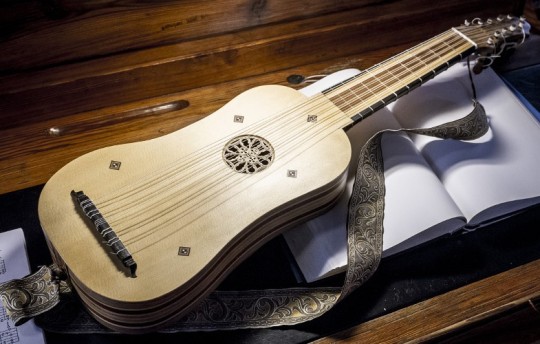
La Vihuela
In the picture above you can see a so called Vihuela, an old string instrument from Spain. It was especially popular in the 16th century not only in Spain, but also in Portugal and parts of Italy.
If you first thought the thing in the picture was a weird looking guitar, you are not completely wrong: The Vihuela actually is one of the predecessors of the modern guitar we know and love today.
When the Moors came to Spain around 711 AD they already brought a fully functional instrument with them, an arabic lute called Oud. From this instrument the Spaniards eventually developed the Vihuela.
Vihuelas could differ in size and also in the number of strings (which were made out of gut), but six strings were the most common version.
There are a few different variants of the instrument:
- Vihuela de mano: this variant is played with the fingers
- Vihuela de péñola: this one is played with a plectrum
- Vihuela de arco: last but not least this one is played with a bow

Here we can see a vihuela de arco on the left side and a vihuela de péñola on the right side.
Unfortunately, the vihuela lost its popularity in the late 16th century and faded away slowly. There are only few original instruments from that time preserved today.
Here you can listen to a song played on the vihuela. The writer of this song is Luis de Milán, a Spanish Renaissance composer who lived in the 16th century. He was the first to publish music for the vihuela de mano.
Though in the movies, the Ninja Turtles hung out with Vanilla Ice, in their early comics, they were big fans of the band Metallica.
Why? James Hetfield thanked the Teenage Mutant Ninja Turtles in his liner notes for Master of Puppets. This was at a time when the Ninja Turtles were an ultra-obscure ashcan comic, so this shout out was incredibly ahead of its time and vastly appreciated by the creators.
Post link

Why is this partridge giving side eye? I think it’s because he read my article on the wild and humorous, unexpected and sometimes downright bizarre history of some famous carols.
https://www.allclassical.org/the-stories-of-twelve-carols-2021-edition
The Stories of Twelve Carols: 2021 Edition | All Classical Portland
Oh hey, it’s David Bowie’s birthday! Time for a Bowie Fact!
When Bowie released Space Oddity five days prior to the first time humans landed on the Moon, the song was temporarily banned by the BBC despite the song’s popularity. This was because they felt that the song’s message about an astronaut spinning away forever in space after an accident didn’t fit the tone of the event, leading to the broadcaster only agreeing to air the song once the landing was successfully completed.

les biches <3
Taíno rattle (900 – 1550, Dominican Republic).
Made of wood and shaped like a rodent, this rattle is 31.8 x 7.6 x 7.6 cm. It is one of the few surviving instruments of the Taíno people, and may have been used for ceremonial purposes. There are four large wooden pellets within its chamber.
Post link
Upright grand piano, ca. 1814
Clementi & Co. (London, England, act. 1802–1831)-Materials: Mahogany
-Height: 224.5 cm • Width: 113.2 cm
-Range: 73 keysSource:Boston-MFA
Post link


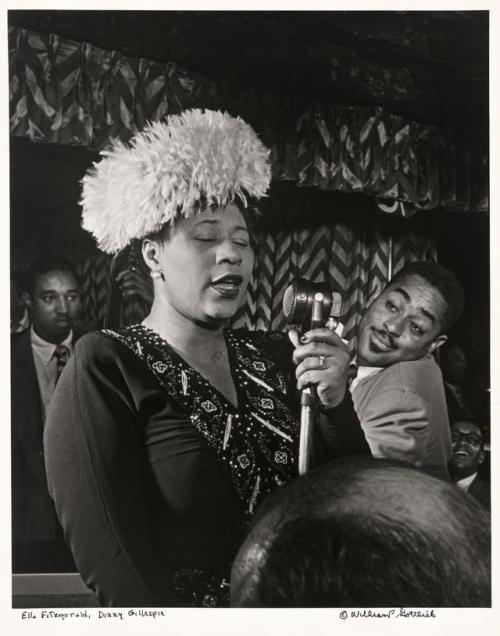


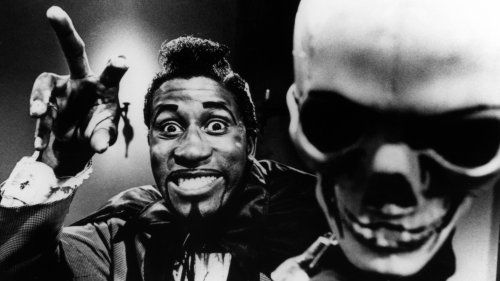
![ruimtetijd: ultrafacts:Source: [x]Click HERE for more facts! Lisztomaniacs walked so kpop twitter st ruimtetijd: ultrafacts:Source: [x]Click HERE for more facts! Lisztomaniacs walked so kpop twitter st](https://64.media.tumblr.com/9b9bb1edb7c2c1607a19a5afbeefaa4c/e36eab5d12c74a00-e9/s500x750/cfa0ace9a4ab7e0f4b8a60314b556c5ad8748b52.png)


